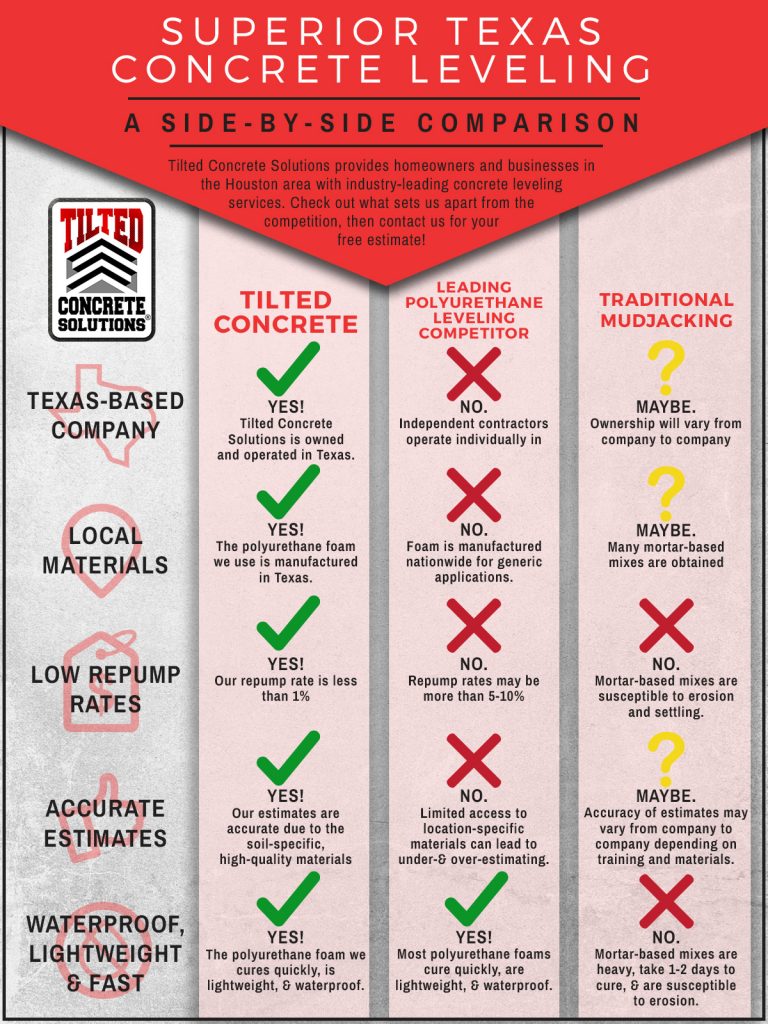When you're budgeting for an industrial paint job, it's very easy to forget particular expenses that can sneak up on you. You may believe you've covered everything, however covert costs like surface preparation and allows can quickly add up. By determining these possible challenges beforehand, you can create a much more precise budget plan. However what specific factors should you take into consideration to prevent those expensive surprises? Allow's check out how to evaluate your task's range efficiently.
Examining the Scope of Your Project
Before diving right into an industrial paint work, it's important to assess the range of your job.
Start by determining the locations that need painting and the total square video footage involved. Take into consideration the sort of surfaces, whether they're drywall, wood, or metal, as this affects the materials and labor needed.
Next off, review the condition of these surface areas; any repair services or prep work will certainly impact your timeline and spending plan.
Don't forget to make up the sort of paint you want, as quality can vary significantly in cost.
Lastly, consider access. If certain areas require unique equipment or extra safety measures, you'll require to factor those expenses into your overall budget.
Recognizing these components will certainly establish you up for success.
Identifying Potential Hidden Prices
As soon as you have actually assessed the scope of your industrial paint work, it's time to think about the prospective covert costs that can emerge.
You might ignore expenditures like surface area prep work, which can consist of cleaning, patching, or priming. Weather-related delays can likewise cause unforeseen expenses, so watch on the forecast.
If your building has multiple levels or hard-to-reach areas, you might incur added labor fees. Additionally, consider the price of licenses or inspections that might be required by neighborhood regulations.
Finally, do not forget about the potential for raised costs if you require special finishes or materials. By determining these feasible surprise expenses upfront, you can budget plan more effectively and prevent surprises down the line.
Creating a Backup Strategy
As you progress with your industrial paint job, it's important to produce a backup strategy that addresses unanticipated challenges.
Beginning by identifying https://www.tomsguide.com/features/these-paint-colors-will-make-your-home-look-cheap , like weather condition hold-ups or supply scarcities. https://jaspercmxfl.webdesign96.com/36832640/a-comprehensive-guide-for-building-managers-on-hiring-commercial-painters-agreements-bids-and-other-elements of your budget plan-- commonly 10-15%-- to cover these unforeseen expenditures.
Next off, set clear timelines and connect them with your group, so everyone's on the very same web page. Frequently evaluate your plan and readjust it as required, particularly if conditions change.
Finally, ensure https://garage-painters-near-me19763.ageeksblog.com/35138842/interior-paint-solutions-exactly-how-to-bring-new-life-to-your-home have reliable calls, such as distributors and subcontractors, who can aid you browse any kind of concerns that occur.
Verdict
In conclusion, budgeting for your industrial paint work needs careful preparation and awareness of prospective covert expenses. By analyzing the range of your task and determining areas where costs may arise, you can create an extra precise spending plan. Always include a contingency strategy to take care of unanticipated problems. Remaining flexible and reviewing past projects will also help you make informed decisions. With supplemental resources , you'll be better prepared to handle your expenses and ensure a successful outcome.
